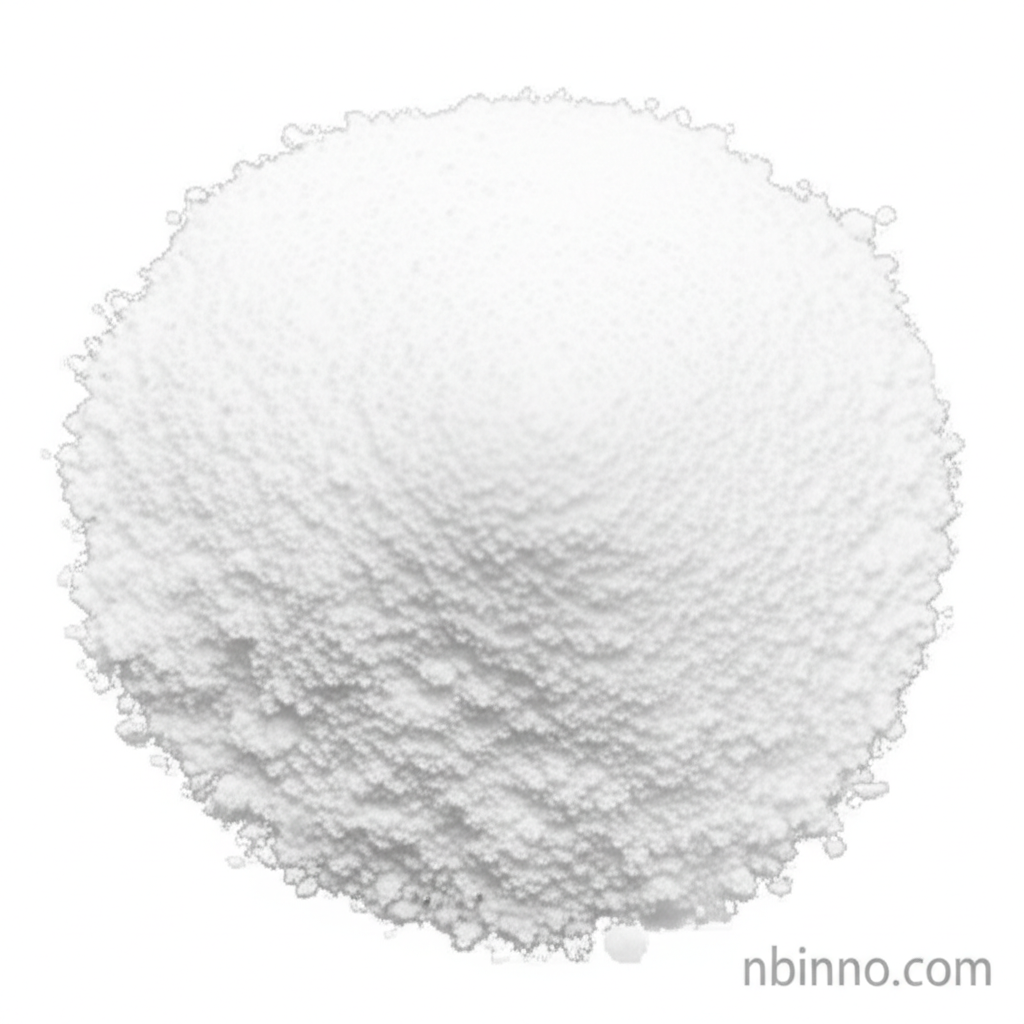Fmoc-(S)-3-Amino-4-(3,4-difluorophenyl)butyric Acid: Advancing Peptide Synthesis
Unlock the potential of advanced peptide design with this critical unnatural amino acid building block.
Get a Quote & SampleProduct Core Value

Fmoc-(S)-3-Amino-4-(3,4-difluorophenyl)butyric Acid
This specialized amino acid derivative is a cornerstone for researchers engaged in developing novel peptides with enhanced properties. Its unique structure, featuring the Fmoc protective group and a difluorophenyl substituent, offers significant advantages in terms of metabolic stability and improved biological activity. As a key intermediate in drug discovery, it facilitates the synthesis of peptides with precise sequences and desired therapeutic profiles. The CAS number 270063-55-3 identifies this crucial chemical building block.
- Discover the advantages of using unnatural amino acids in drug discovery efforts, leveraging structures like this to create more effective therapeutics.
- Explore the chemical properties and synthesis of difluorophenyl butyric acid for peptide drugs, understanding how fluorination impacts drug performance.
- Utilize this high purity unnatural amino acid supplier's offering to ensure the quality and reliability of your peptide synthesis projects.
- Learn more about the specific applications of CAS 270063-55-3 in advanced chemical synthesis and peptide engineering.
Key Advantages
Enhanced Biological Activity
The strategic incorporation of the difluorophenyl group in this amino acid derivative is known to significantly boost the biological activity of the resulting peptides, making them more potent and effective for therapeutic applications.
Improved Metabolic Stability
Fluorination often leads to increased resistance against enzymatic degradation. This means peptides synthesized using this building block can exhibit longer half-lives in vivo, a critical factor for drug efficacy.
Versatile Peptide Synthesis Intermediate
With the reliable Fmoc protecting group, this compound is perfectly suited for solid-phase peptide synthesis (SPPS), allowing for controlled and sequential coupling of amino acids to build complex peptide chains efficiently.
Key Applications
Peptide Synthesis
A fundamental component for the construction of peptides in research and development, supporting the synthesis of complex and modified peptide sequences.
Drug Discovery
Crucial for creating novel drug candidates, particularly those targeting diseases where peptide-based therapeutics show promise.
Medicinal Chemistry
Enables chemists to explore the impact of fluorinated amino acid residues on drug efficacy, pharmacokinetics, and pharmacodynamics.
Chemical Synthesis
Serves as a valuable building block in broader organic synthesis applications requiring chiral and fluorinated moieties.
